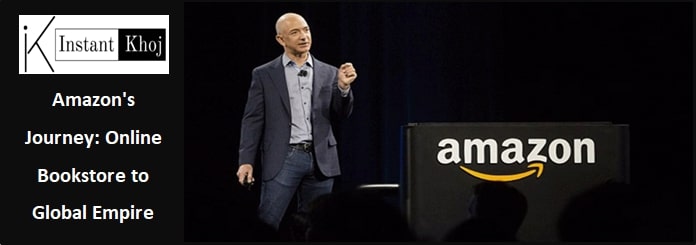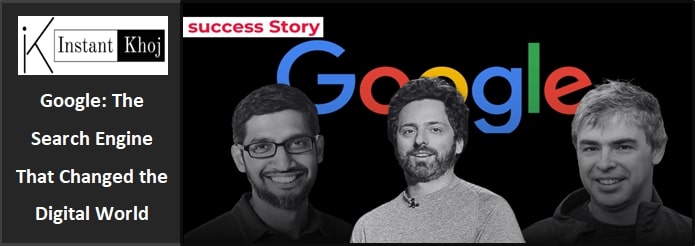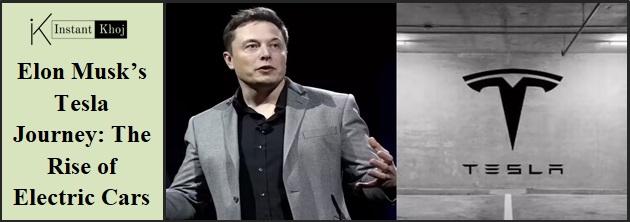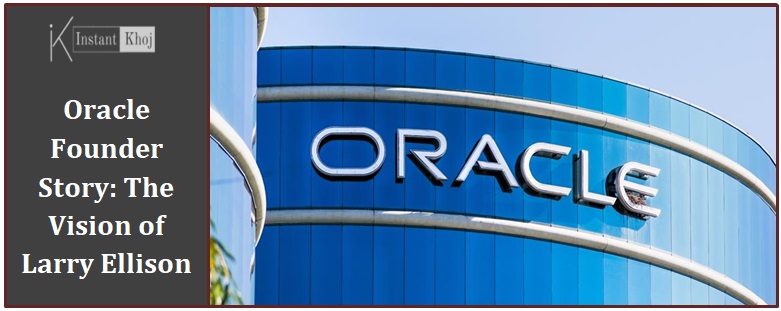When you think of Amazon today, it’s far more than just an online store. It’s a part of daily life—delivering packages to your doorstep, answering questions through Alexa, powering countless websites, and reshaping entire industries. But this incredible journey started with a simple idea and one man’s vision to bet on the internet long before it became a household utility.
The Bold Beginning: Jeff Bezos and the Internet Boom
Back in 1994, Jeff Bezos was comfortably employed on Wall Street. Then he stumbled upon a jaw-dropping fact: internet usage was growing by over 2,000% every year. This explosive growth inspired him to quit his job and head to Seattle with a daring plan—to launch an online bookstore.
Books were chosen not for love of literature but practicality—they were easy to ship, had an enormous variety, and a well-established catalog. Operating from a small garage, Bezos and his team launched Amazon.com in 1995. The orders flooded in fast, and the team found themselves packing boxes on the floor with taped labels. Despite the chaos, Bezos kept rallying his team with one phrase:
“It’s still Day One.“
Early Challenges and Rapid Growth
Amazon went public just two years later, in 1997. Yet, making profits wasn’t their priority. The company expanded quickly from books to music CDs, toys, electronics, and more. While customers appreciated the convenience, many doubted Amazon’s ability to survive.
When the dot-com bubble burst in the early 2000s, Amazon’s stock nosedived. Critics predicted doom. But Bezos’s vision was long-term. He focused on cutting waste and prioritizing customer experience. This relentless focus allowed Amazon to outlast many early internet companies and emerge even stronger.
Building the Backbone: AWS and Prime
Behind the scenes, Amazon was working on something that would change the tech world forever. In 2002, it quietly launched what became Amazon Web Services (AWS)—a cloud computing platform offering businesses computing power and storage online.
Initially built to manage its own operations, AWS quickly became the backbone for countless startups and enterprises worldwide. Meanwhile, Amazon launched Prime, a subscription service offering fast, unlimited shipping for a yearly fee. What seemed like a gamble became a loyalty program that revolutionized retail.
Reinventing Reading and Entering New Markets
By the late 2000s, Amazon was no longer just a retailer; it was a creator. The launch of the Kindle transformed how people read, allowing entire libraries to fit in one slim device.
Amazon expanded into groceries, fashion, and original video content via Prime Video. The 2014 launch of Alexa and the Echo marked a new era of voice-controlled smart homes, quickly becoming an everyday convenience for millions.
From Online to Offline: The Whole Foods Acquisition
In 2017, Amazon took a major step into the physical world by acquiring Whole Foods Market, signaling a serious push into grocery retail. Alongside, Amazon invested heavily in building a vast logistics network—running its own planes, delivery vans, and even exploring drone deliveries.
Amazon’s business model evolved to not just sell products, but deliver them faster, cheaper, and more efficiently than anyone else. AWS also grew to be Amazon’s most profitable division, powering everything from streaming services to government operations.
Facing Criticism and Expanding Horizons
Rapid growth brought scrutiny. Amazon faced backlash over warehouse working conditions, effects on small businesses, and its overwhelming market influence. Labor protests and investigations increased, but Amazon kept innovating.
The company embraced automation, robotics, and pushed sustainability initiatives. It expanded into healthcare, smart home security, and cutting-edge artificial intelligence, continuously broadening its impact.
The Pandemic and Leadership Shift
The COVID-19 pandemic in 2020 placed Amazon at the center of global supply chains. Millions stuck at home relied heavily on its services. Amazon rapidly scaled hiring and optimized operations to meet soaring demand.
In 2021, Jeff Bezos stepped down as CEO, passing the baton to Andy Jassy, the architect behind AWS’s success. Bezos turned his attention to space exploration with Blue Origin, while Amazon continued pushing boundaries in AI and satellite internet.
What Amazon Is Today: A Multifaceted Giant
Today, Amazon isn’t just a marketplace—it’s a cloud computing powerhouse, a content creator, a logistics empire, and a tech innovator. Its technologies empower businesses worldwide; its products fill homes; and its ambitions continue to push the envelope.
From a humble garage startup to one of the world’s most valuable companies, Amazon’s story is one of experimentation, patience, and an unyielding drive to innovate.
Always Day One: The Bezos Mantra
Jeff Bezos famously said:
“It’s always Day One.“
For Amazon, that means staying hungry, curious, and always focused on what’s next—never resting on past success, but always imagining the future.
Read more articles like this — Click here to explore now





One thought on “Amazon’s Journey: Online Bookstore to Global Empire”